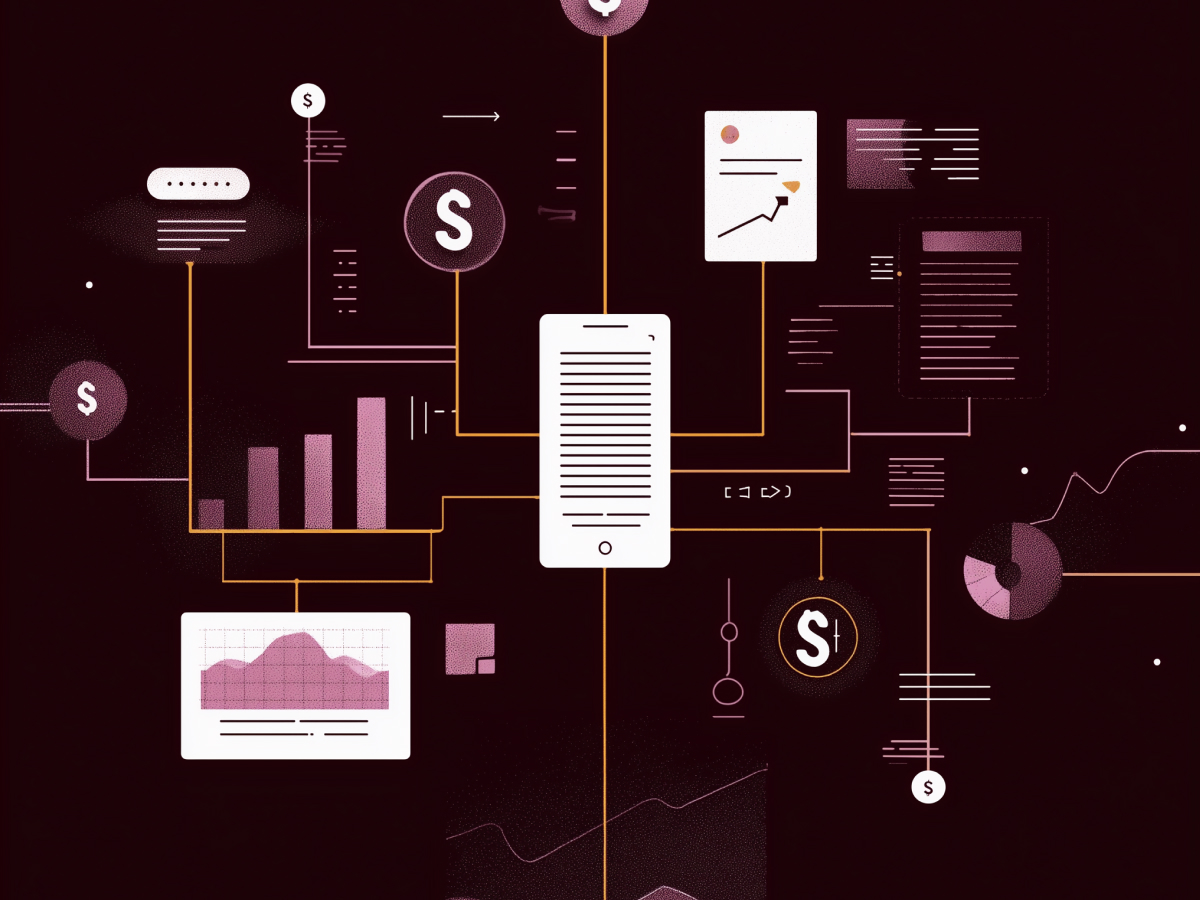Cloud computing, initially a driver of innovation and agility, has become a financial burden for many SaaS vendors. As companies scale and innovate, the flexible, pay-as-you-go pricing model that once promised efficiency is now introducing unpredictable and often escalating costs that can severely impact profitability.
Modern challenges are compounded by the fact that a majority of SaaS vendors struggle to implement effective cost management strategies, leading to inefficiencies that inevitably affect their customers.
Why SaaS vendors are feeling the heat from cloud expenses
A notable 60% of these companies have not implemented a formal cloud cost management program, despite cloud expenses accounting for a substantial portion of their operating costs.
Cloud costs have become a major pain point for software vendors.
In nearly 75% of SaaS companies, cloud costs represent at least 20% of their total cost of goods sold (COGS). For many, this places cloud expenses among the top three budget items, alongside salaries and R&D.
Without effective oversight, costs can spiral out of control, undermining the financial health of even the most successful SaaS vendors. An absence of structured processes to manage and optimize cloud usage suggests that many companies are operating without a clear understanding of the true cost implications of their cloud deployments.
The cloud cost pitfalls every SaaS company should watch out for
For most SaaS vendors, cloud expenses are a major component of their cost structure. Typically, cloud costs rank among the top three budget priorities, often competing with investments in product development and talent acquisition.
Financial burdens are amplified by the variable nature of cloud pricing. Many companies find themselves paying for underutilized or unnecessary resources, often due to the use of multiple cloud services and providers.
Inefficiency directly impacts profitability and can stifle growth if not managed effectively. The scale of cloud spending demands a strategic approach to budgeting, yet many companies continue to struggle with these fundamentals.
Why most SaaS companies are struggling to control cloud costs
Many SaaS vendors lack the processes and expertise required to manage cloud expenses effectively. Challenges lie in connecting spending to specific business activities or outcomes. Without a clear understanding of the relationship between cloud costs and unit economics, companies cannot make informed decisions about where to cut costs or how to optimize spending.
Disconnects are often due to a lack of granular visibility into cloud usage. Many SaaS vendors do not have the tools or processes to monitor cloud consumption in real-time or to allocate costs accurately across departments or product lines.
Disconnection results in inefficiencies and missed opportunities for cost savings, as companies are unable to identify areas where spending can be reduced without affecting performance or customer satisfaction.
The complexities of tracking cloud spending that SaaS vendors face
Tracking cloud costs is far from straightforward. A staggering 90% of companies admit that they cannot trace at least 10% of their total cloud spend to the correct source. A lack of visibility is often due to the complex nature of cloud environments, which typically involve multiple services, shared resources, and containerized workloads across various providers.
Cloud services are often billed on a usage basis, with costs fluctuating based on consumption. This makes it difficult for companies to forecast expenses or understand the cost implications of scaling their operations.
Without the ability to accurately allocate costs to specific departments, projects, or customers, SaaS vendors struggle to manage their cloud spending or make informed decisions about their cloud strategy.
How SaaS companies are trying (and failing) to manage cloud costs
Despite the significant impact of cloud costs on their bottom line, many SaaS vendors have been slow to adopt formal cost management practices. Only 39% of companies surveyed have implemented any form of cloud cost management process. Of those that have, just over 25% have taken steps to optimize their software code for cost efficiency, while less than half have introduced chargeback processes to allocate cloud expenses to departmental budgets.
The reluctance to embrace cost management practices may stem from the perceived complexity of these processes and a lack of internal expertise.
Hesitation comes at a cost.
Without a proactive approach to managing cloud expenses, SaaS vendors risk overpaying for cloud services, which can erode profitability and hinder their ability to invest in other critical areas of the business.
The cloud cost-saving strategies that are missing the mark
In order to mitigate the impact of rising cloud costs, many SaaS companies turn to strategies such as hyperscaler discounts, bulk-rate pricing, and third-party resellers. While these approaches can provide some relief, they often lead to overprovisioning, buying more cloud resources than are needed to secure a lower rate.
Overprovisioning results in wasted spending, as companies pay for unused or underutilized resources.
Moreover, only 25% of respondents report regularly using cut-rate spot instances to reduce cloud spending. Spot instances, offered at a significant discount in exchange for the possibility of termination by the provider when demand spikes, represent a missed opportunity for cost savings.
Low adoption rates of such measures highlights a broader issue: many SaaS vendors are not fully leveraging the tools and strategies available to manage their cloud costs effectively.
How rising cloud costs are hitting customers’ wallets
As cloud costs continue to rise, the financial impact is passed down to enterprise customers. Nearly 80% of U.S. organizations have experienced software price increases over the past year, a trend that shows no signs of slowing.
Price hikes are often attributed to new software features, particularly those involving artificial intelligence (AI). However, much of the increase is driven by rising cloud infrastructure costs.
For SaaS vendors, escalating cloud costs create a difficult choice: absorb the additional expenses and see their margins erode or pass the costs onto customers through higher prices. Given the competitive nature of the software market, many companies opt for the latter, leading to widespread price increases that affect businesses of all sizes.
How AI is making cloud costs skyrocket for SaaS vendors
AI development is a major contributor to rising cloud service costs. Training, tuning, and deploying large language models and other AI-driven technologies require massive computational power and storage, all of which are hosted in the cloud.
Intensive demands for resources drives up cloud costs significantly, particularly as companies race to develop and integrate AI features into their products.
For SaaS vendors, the cost implications of AI are profound.
The decision to invest in AI capabilities often comes with a hefty price tag, which can strain financial resources if not carefully managed.
As cloud costs soar, companies must decide whether to absorb these additional expenses, reducing their margins, or pass them onto customers through higher prices. In either case, the financial burden of AI development is felt throughout the SaaS ecosystem, from vendors to end-users.
Key takeaway
As cloud costs climb and demand for AI-driven innovation intensifies, it’s more critical than ever to ask yourself: Are you in control of your cloud spending, or is it controlling you? In a market where every dollar counts and efficiency can make or break your competitive edge, now is the time to scrutinize your cloud strategy.
How can your brand thrive by turning cloud cost management from a burden into a strategic advantage? The future of your business may depend on the answer.





